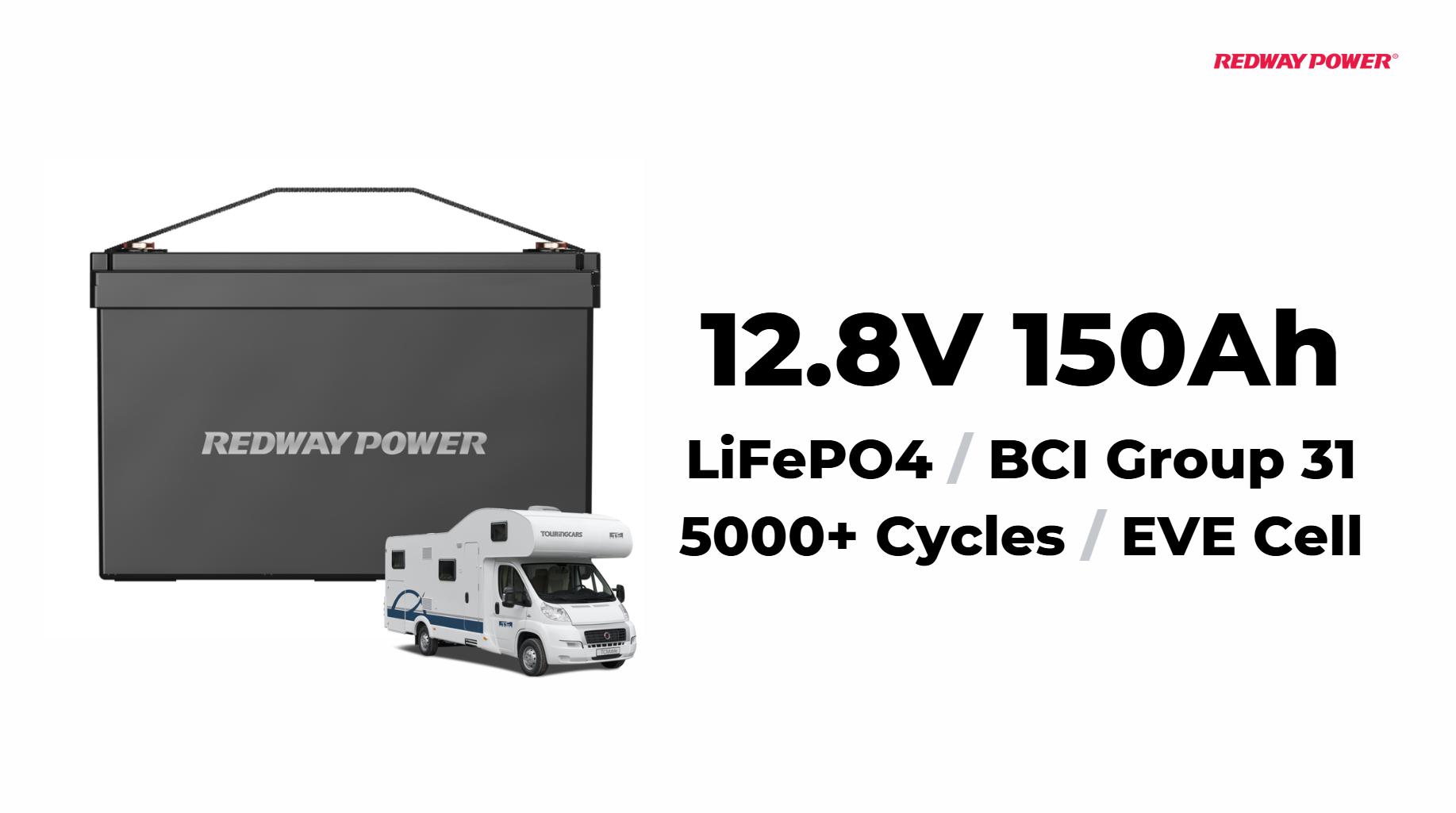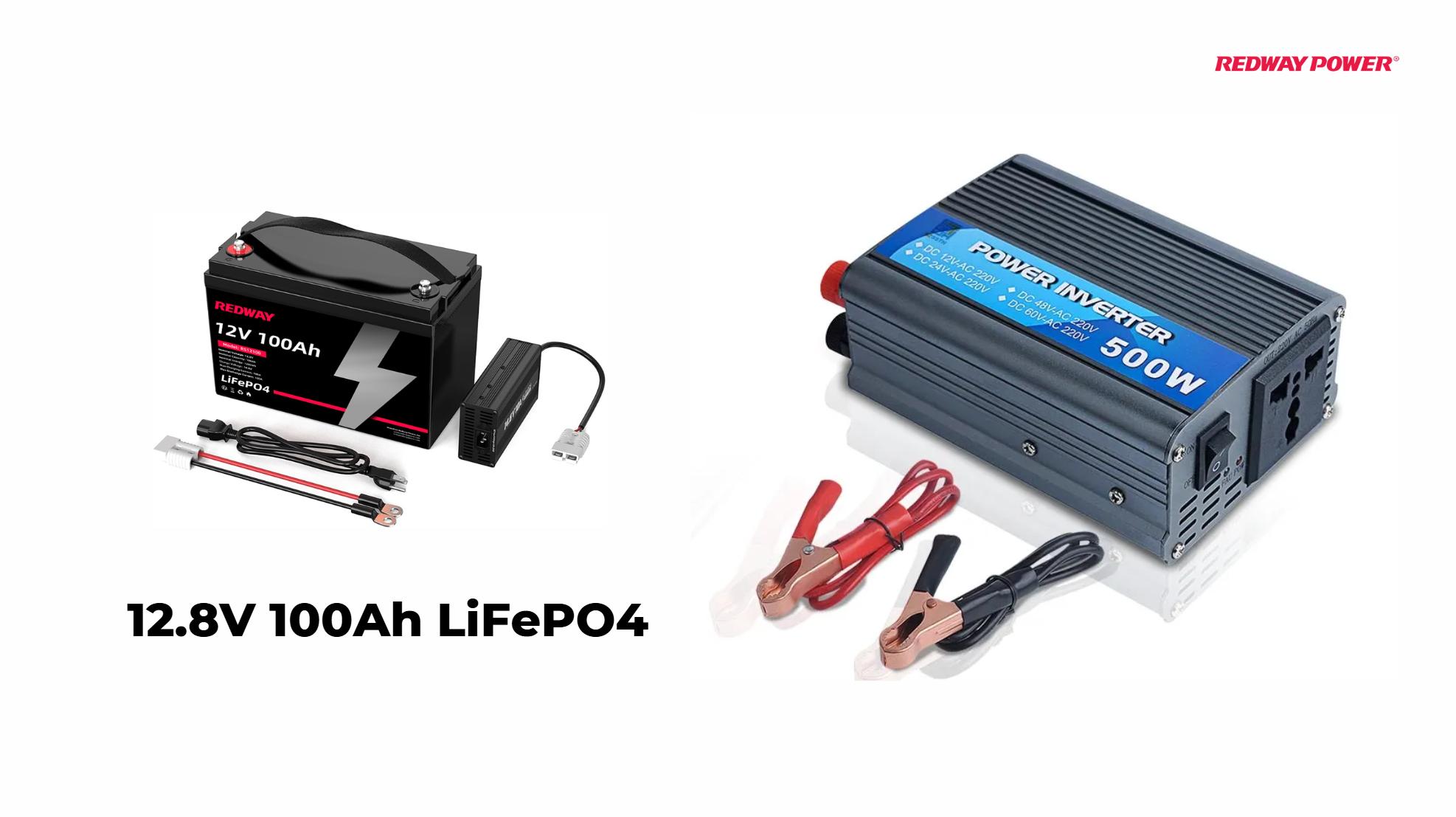Comprehensive Guide to Calculating 100Ah Battery Runtime in Various Scenarios
To calculate runtime for a 100Ah battery, divide the battery capacity by the load in amps. For example, a 100W load on a 12V system draws approximately 8.33A, resulting in about 12 hours of runtime (100Ah / 8.33A).
Understanding how to calculate the runtime of a 100Ah battery is essential for optimizing power usage and ensuring that your electrical systems operate efficiently. Whether you’re camping in the wild, preparing for emergencies, or managing off-grid power needs, having a clear grasp of these calculations can make a significant difference. In this guide, we will delve deeply into how to calculate battery runtime under different conditions and scenarios, providing a thorough and practical understanding to outshine competing sources.
Calculating Runtime for a 100Ah Battery: Fundamental Steps
1. Calculate Appliance Wattage
To begin, accurately determine the wattage of all devices being used. Sum up the total wattage of each appliance connected to the inverter. This step is crucial as it lays the groundwork for understanding how much power is being consumed.
2. Adjust for Efficiency
Inverters are not 100% efficient. They typically have an efficiency rating between 80% and 95%. To account for this, divide the total wattage by the inverter’s efficiency percentage. For instance, if your inverter is 90% efficient, the formula to find the actual power drawn would be:
Power Drawn (Watts)=Total Wattage/Efficiency
3. Battery Drain Per Hour
Next, convert the power drawn into amperage. This is done by dividing the adjusted power draw by the battery voltage (12V or 24V):
Current Draw (Amps)=Power Drawn (Watts)/Battery Voltage (Volts)
4. Estimate Runtime
Finally, calculate the runtime of the battery by dividing its capacity (100Ah) by the current draw per hour:
Runtime (Hours)=Battery Capacity (Ah)/Current Draw (Amps)
This will give an estimate of how long the battery can sustain the load.
Detailed Scenarios for a 100Ah Battery
Scenario 1: Running a 12V LED Light
Consider a scenario where a 12V LED light with a consumption of 2 amps is being used. To determine how long a 100Ah battery will last:
Runtime=100Ah/2A=50 hours
Thus, the 100Ah battery will last approximately 50 hours when powering a 12V LED light.
Scenario 2: Powering a 500W Inverter
For a 500W inverter with 90% efficiency, operating on a 12V system, first convert the power consumption to amps:
Current (Amps)=500W/12V×(1/0.9)≈46.3A
Then, calculate the runtime:
Runtime=100Ah/46.3A≈2.16 hours
Therefore, the 100Ah battery will last approximately 2.16 hours powering a 500W inverter.
Scenario 3: Operating a 12V Refrigerator
For a 12V refrigerator that draws 5 amps, the calculation is straightforward:
Runtime=100Ah/5A=20 hours
In this case, the 100Ah battery will last approximately 20 hours when powering a 12V refrigerator.
Exploring Real-World Applications
Camping Adventures
On a camping trip, where a 100Ah battery is connected to a 1000W inverter, the expected runtime is approximately 4 hours. This allows you to power essential devices such as portable fans, small appliances, and lights, ensuring a comfortable and well-equipped campsite.
Road Trip Essentials
During a road trip, the same 100Ah battery with a 1000W inverter can provide power for about 6 hours. This is sufficient for running laptops, portable entertainment systems, and other travel necessities, making your journey more enjoyable and convenient.
Emergency Preparedness
In emergency situations, a 100Ah battery paired with a 1000W inverter can potentially offer up to 8 hours of continuous power. This is vital for keeping critical devices operational, such as medical equipment or communication tools, ensuring you remain prepared for unforeseen circumstances.
Key Considerations for Accurate Runtime Estimation
1. Battery Health
The health of the battery significantly affects runtime. A battery in poor condition may not deliver its full capacity, leading to shorter runtimes than expected.
2. Temperature Impact
Extreme temperatures can impact battery performance. Cold weather can reduce battery capacity, while high temperatures might accelerate battery degradation. Adjust calculations based on the expected operating environment to ensure accuracy.
3. Efficiency Variations
Inverter efficiency can vary depending on load and operating conditions. Always use the most accurate efficiency rating available and be prepared to adjust calculations based on actual performance.
4. Power Factor
For certain devices, especially those with inductive loads like motors, consider the power factor. This can affect the actual power drawn from the battery and, consequently, the runtime.
Conclusion
Calculating the runtime for a 100Ah battery involves understanding and applying several fundamental steps. By carefully determining appliance wattage, adjusting for inverter efficiency, and considering specific scenarios, you can make informed decisions about power management for various applications. Whether you are preparing for an outdoor adventure, managing road trip power needs, or ensuring emergency readiness, this comprehensive guide equips you with the knowledge to optimize your battery usage effectively. Always remember to consider external factors such as battery health, temperature, and efficiency to achieve the most accurate runtime estimations and ensure a reliable power supply.


